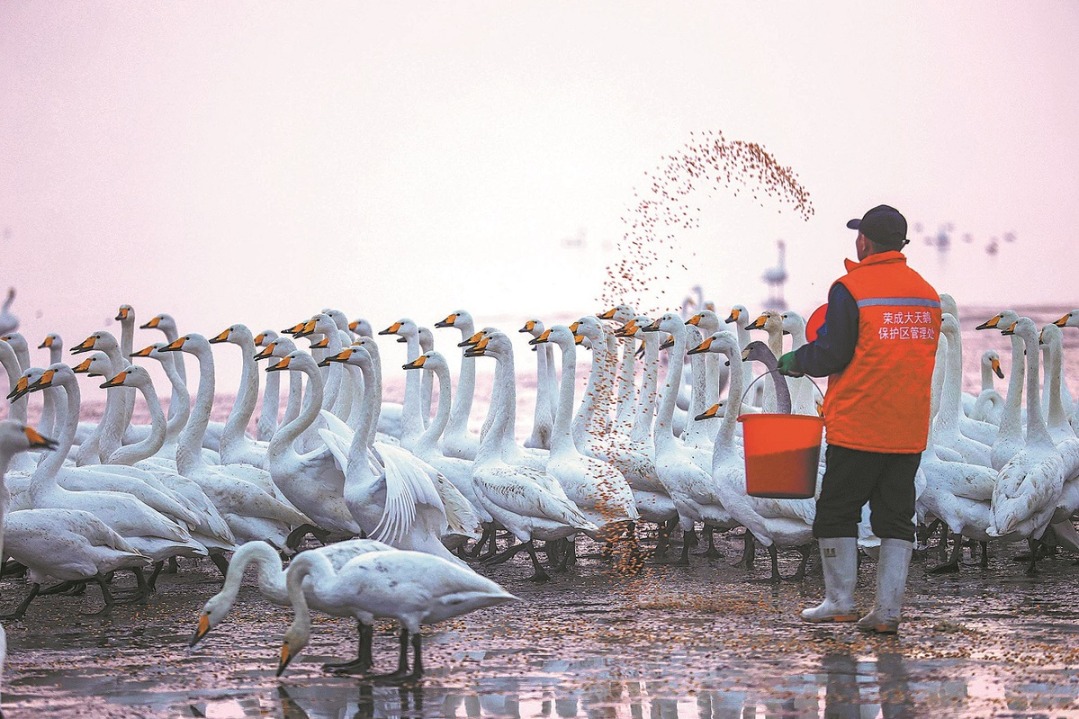Chinese dancers are adding cultural elements for local flavor
By Xu Haoyu | China Daily | Updated: 2018-06-27 08:39

Songs are usually in the gongdiao scale used in ancient Chinese music.
And they feature such traditional instruments as the erhu (two-stringed fiddle), xiao (vertical bamboo flute), pipa (lute) and guzheng (zither).
Chinese pop music has been imitating the West for decades.
But such musicians as Jay Chou later began creating songs with classical Chinese elements.
Chou's 2003 Dongfengpo (East Wind Breaks), which was awarded the most popular song in Hong Kong and Taiwan by Beijing Pop Music Awards (formerly known as Chinese Music Radio Awards), mixes modern and ancient Chinese language in its lyrics, which were written by Fang Wenshan.
Nine years later, the first extended-play album of a female pop group, SevenSense, surpassed a million hits online.
A later video of the members dancing in a studio led to imitations. Their song Yongchun (Ode to Spring) is still one of China's most popular zhaiwu soundtracks.
Zhaiwu vloggers Xisi and Wanxiangyu have each received over 700,000 views on the video site Bilibili.
A song named Jimingyue (Sing My Love to the Moon) by SING girl group has overwhelmed fans of ancient Chinese culture and zhaiwu. It received nearly 3 million views on Bilibili, and around 2 million hits and roughly 2,500 comments on another social media platform since October.
It was warmly received by people from around the world.
Many said they couldn't understand the lyrics but appreciated the music, costumes and instruments.
So, to an extent, the initially Japanese trend's Chinese incarnation is now going global as part of the increasingly international dance craze.
























